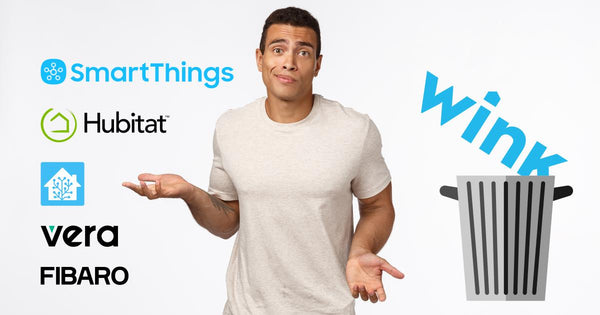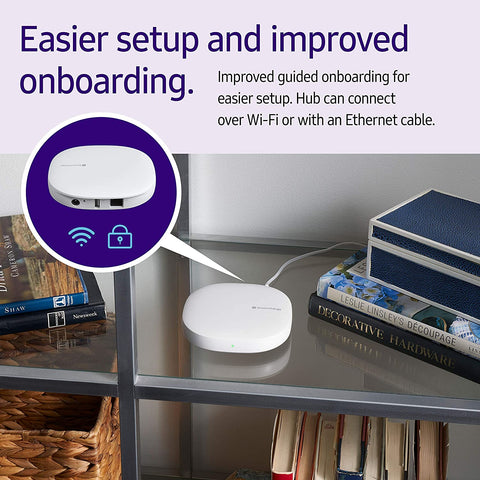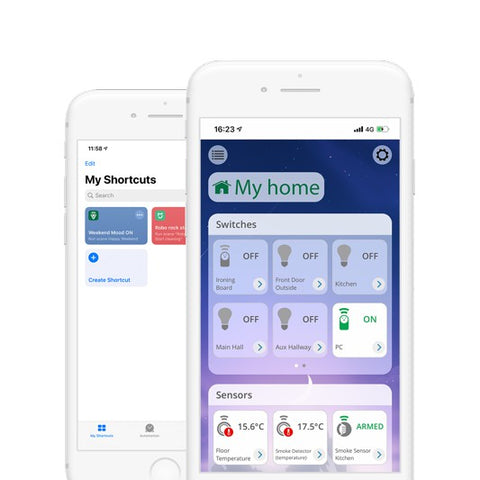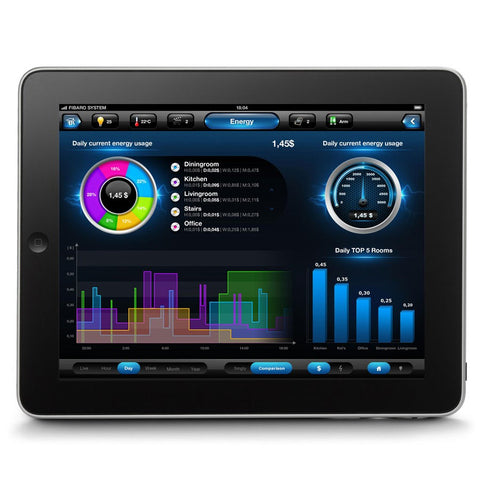- Home
-
Shop By Brand
-
Product Type
-
Hubs and Controllers
-
Lighting Controls
-
Sensors
- Water Valves
- Smart Plugs
- Sirens and Chimes
- Range Extenders
- Thermostats
- Blinds and Shades
- Cameras
- Accessories
-
-
Shop By Hub
- Value kits
- Pro Portal
-
Help









Chris Kaffer
May 23, 2020
Great article! Like many others, I made the switch to a new platform. I chose Hubitat as my central hub. But I mainly use it to get all of my devices connected to HomeKit through HomeBridge and also Alexa. I wasn’t a huge fun of Hubitat’s UI.